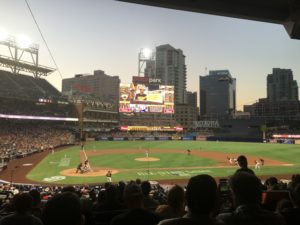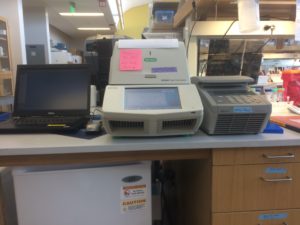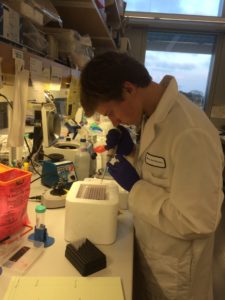Baseball is such a peaceful game. Supporters of rival teams manage to sit next to one another without hospitalizing the opponents. By no means is this the case in Europe – especially when it comes to big soccer matches. This past week, the Fisher family, who hosts the other San Diego Pinhead Interns, invited me along to a baseball game. It was one of the biggest matches of the season as the San Diego Padres were playing the San Francisco Giants, and it was a lot of fun. The Padres ended up winning by hitting a couple of home runs. The Nachos they had at the stadium were very good too. Before the game, America’s Rugby team demonstrated how to play rugby. I also got lost in the stadium but eventually I found my way back.
I also went to the zoo with Kacy, Michelle, and Megan (the other Pinhead Interns). It was a cool place to be – so many different types of animals. I especially enjoyed the Koalas and the Panda Bears. They were awesome. Yet the zoo was a little out dated. Many of the animals were walking up and down their cages, unsure of what to do. In most other zoos I have been to, the staff does a much better job providing the animals with something to do. The sheer number of visitors was overwhelming. There were numerous buses and other vehicles transporting the people around who didn’t want to walk around. The entire zoo was quite large . . . it took us hours to complete our loop. After that I went home and straight to bed as I had to get up early the next day.
This week has been very exciting in the lab as well. I learned how to run a qPCR. The qPCR (real time PCR) is different from a regular/traditional PCR in that it measures amplification at the end of each cycle. The machine is able to quantify the amount of DNA by reading a fluorescent dye that binds to the DNA molecules. This system brings many different advantages: for one, starting concentrations of DNA can be determined. It is a very effective form of gene analysis. The machine uses the same steps as a regular/traditional PCR apart from the dye with which it is able to measure the amount of DNA. First, the DNA is denatured (the double stranded DNA is split in half – like a zipper when it is unzipped. After that, primers bind to specific places along the DNA. This is the annealing step. After that, extension takes place where nucleic acids bind to the region of interest. These steps are repeated numerous of times – the machine can be set to the number of cycles one wants. Using the qPCR, I was able to test new primers and do some genotyping. Loading the 384 well plate requires a lot of concentration. A multichannel pipette can be used. Instead of loading one well at a time, I could load 8 wells at a time. This made progress a lot easier. After the plate is loaded into the machine, I enter all of the necessary information into the computer that is connected with the qPCR and let the machine run. The process takes a couple of hours, so it was somewhat important to coordinate with everyone else who was planning to use the machine that day.





There are no comments published yet.